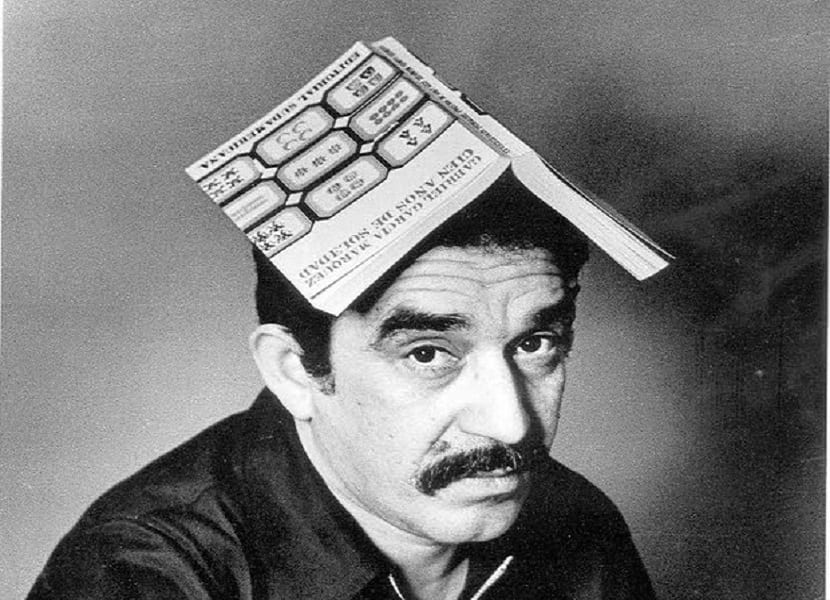
Some authors have the ability to strike a chord with the reader with a single sentence. To evoke yellow butterflies in hearts and completely transport them to another place, to their stories and characters. One of those authors is Gabriel García Márquez, son of a literary Colombia marked by magical realism and works that are already part of the history of literature for eternity. Join us on this journey through the phrases, biography and books of Gabriel García Márquez.
Gabriel García Márquez: from Macondo to the world
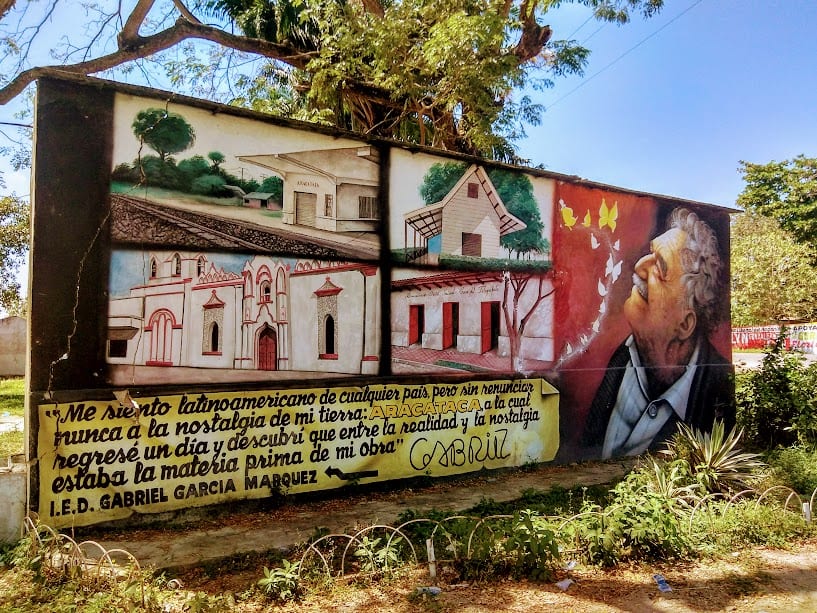
Photography: Alberto Piernas
Love is eternal while it lasts.
I just came to talk on the phone
A few months ago I had the opportunity to visit aracataca, a town lost among the banana trees and mountains of the Colombian Caribbean in which Gabriel García Márquez was born on March 6, 1927. A remote place in which every home, ditch or memory revolves around the Nobel Prize for Literature: the old family house converted today into a museum speckled with phrases and antique furniture, the paper butterflies that touch some trees or the eroded urban art samples that represent the best storyteller that this town (and Colombia) have given away to the world.
It was in this same town where Gabo began to listen to the stories of his grandmother, an imaginative and superstitious woman, who would inspire his later work. Also places like famous telegraph of Aracataca where his father worked before marrying his mother after a love story originally prevented by her parents.
The human body is not made for the years that one could live.
Love and Other Demons
After a childhood marked by his status as a shy boy who wrote humorous poems in a corner of a boarding school in Barranquilla, Gabo began studying law in Bogotá, graduating in 1947. Although he had studied these studies to please his father, the future author decided to reject a job as a lawyer and focus on journalism, a facet that began to combine with the writing of stories inspired by works such as The Metamorphosis, by Franz Kafka, The Thousand and One Nights or some stories of his grandmother that evoked fantastic events inserted in an ordinary, everyday world.
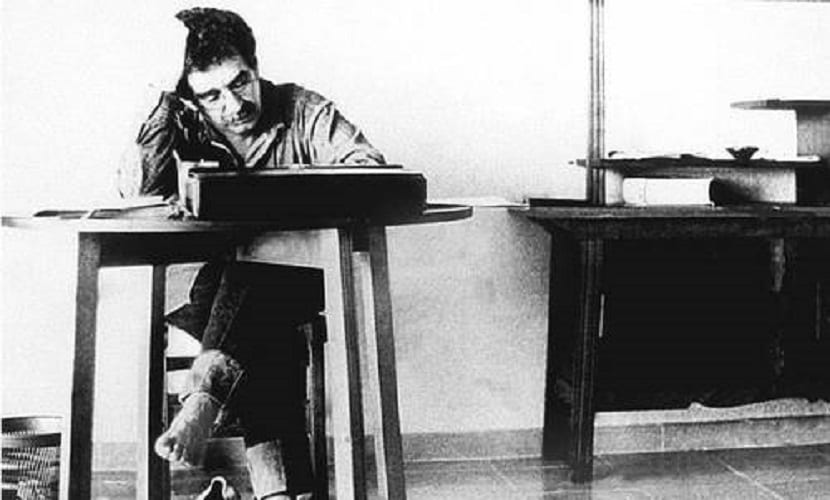
Gabriel García Márquez met the great love of his life, Mercedes barcha, during one of the summers of his childhood, becoming his great ally and confidant. In fact, after the birth of their son Rodrigo in 1959, the family moved to Mexico City after threats received by different Cuban dissidents and members of the CIA regarding reports made for the Prensa Latina newspaper from New York.
A good writer can earn good money. Especially if you work with the government.
Live to tell
Installed in the Mexican capital, Gabo and his family faced one of their worst economic situations, driven by the creation of a novel called One Hundred Years of Solitude that went through a thousand setbacks before arriving at the Sudamericana publishing house, in Argentina, in 1967. Little did they imagine that the work would end up becoming a sales phenomenon and a perfect vehicle for a universe of its own in which all those stories that represented an entire continent.
Coinciding with the one known as «Latin American boom«, Gabo's work began to acquire ever more influential heights, becoming one of the great authors of his generation and, ultimately, of lyrics in Spanish.
Best books by Gabriel García Márquez
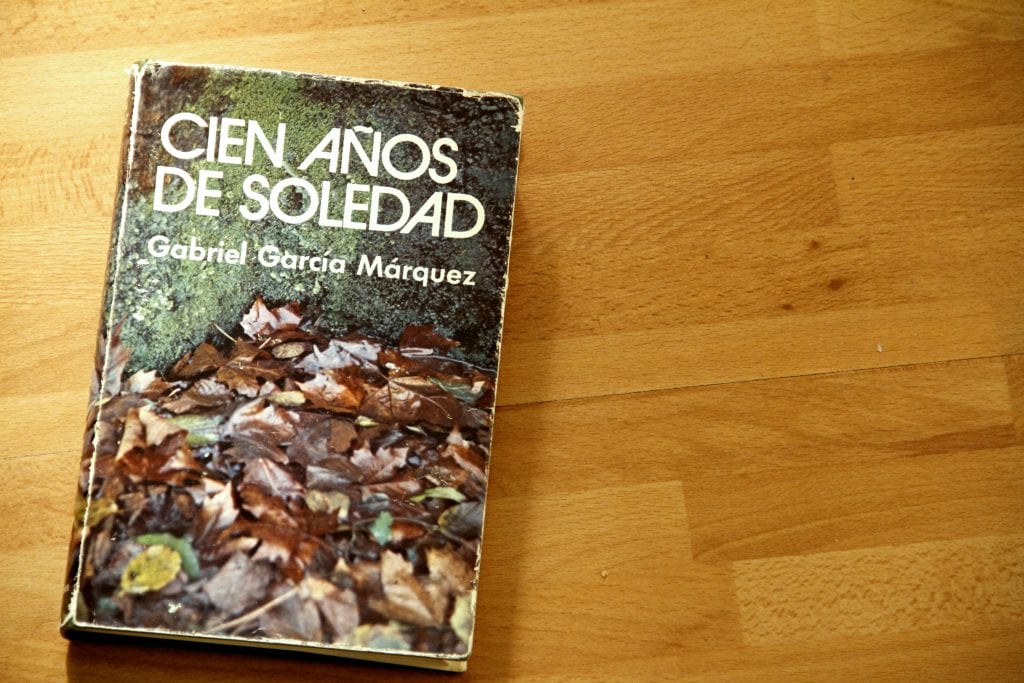
One Hundred Years of Solitude
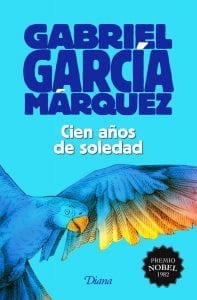
Things have a life of their own, everything is a matter of awakening the soul.
Considered as one of the best books ever, Gabo's great work became an unexpected success after its publication in 1967, coinciding with a boom in magical realism already cemented by other authors such as the Mexican Juan Rulfo. Set in the fictional town of Macondo (actually Aracataca), the story narrates the transition of the Buendía family as a perfect metaphor for a magical continent in which superstitions, American domination or the loss of certain values make up a unique story around characters like Úrsula Iguarán, matriarch from a family inspired by Gabo's own grandmother.
Would you like to read One Hundred Years of Solitude?
Love in the Time of Cholera
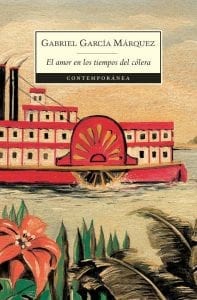
It was inevitable: the smell of bitter almonds always reminded him of the fate of conflicted loves.
Gabo always said of him that it was "his favorite book", perhaps because of the nostalgic factor extracted from the love story of his own parents on which this novel published in 1985 is inspired. Set in a city in the Colombian Caribbean (presumably the famous Cartagena de Indias that inspired the author so much), Love in the Time of Cholera narrates the romance of Florentino Ariza and Fermina Daza, married to the doctor Juvenal Urbino for fifty-one years, nine months and four days.
A Chronicle of a Death Foretold
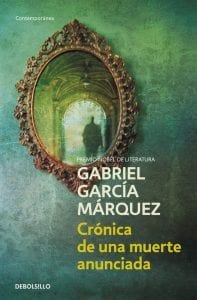
All dreams with birds are in good health.
Although Gabo would rise to fame as a fictional author, we must not ignore the hard work of the Nobel Prize as a journalist. A good job that permeates books like this one, a tense and experimental puzzle based on a real murder that occurred in 1951 that, transferred to fiction, becomes the reconstruction of the death of Santiago Nasar at the hands of one of the inhabitants of a town who knows the gestation of the crime. The book was published in 1981 becoming one of Gabriel García Márquez's most acclaimed books.
Lee A Chronicle of a Death Foretold.
El coronel no tiene quien le escriba
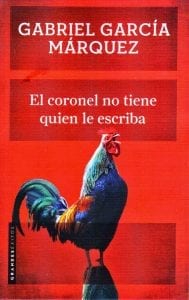
It is never too late for anything.
The second work by Gabriel García Márquez is a short novel that, despite its short length, contains a powerful reason such as the loss of a son weighed up by his parents, especially by a colonel who never receives the pending pension for his services during the Thousand Day War. Essential.
Discover the history of El coronel no tiene quien le escriba.
The Autumn of the Patriarch
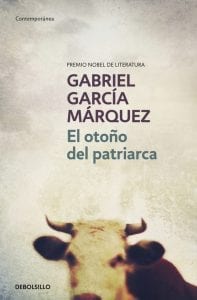
We knew very well that it was arduous and ephemeral but there was no other, General.
The close relationship between Gabriel García Márquez and Cuban leader Fidel Castro it was always subject to controversy. In fact, they say that the dictator did not like this novel too much, in which Gabo narrated the life of a Latin American general through different perspectives. The Autumn of the Patriarch It was published in 1971, starting a decade in which countries like Cuba were immersed in dictatorship and others like the Dominican Republic were still recovering from the yoke of Trujillo.
Memory of my sad whores
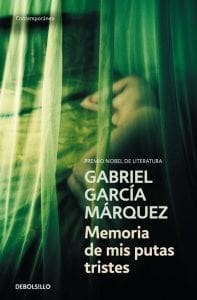
The first symptom of old age is that you begin to look like your father.
The controversy returned to Gabo with this novel that talks about the infatuation of an old man who discovers love for the first time through a virgin adolescent. The play, vetoed in Iran and denounced by different NGOs in Mexico, became the last published by the author before his death on April 17, 2014 due to a lymphatic cancer that had dragged on for several years.
You still haven't read Memory of my sad whores?